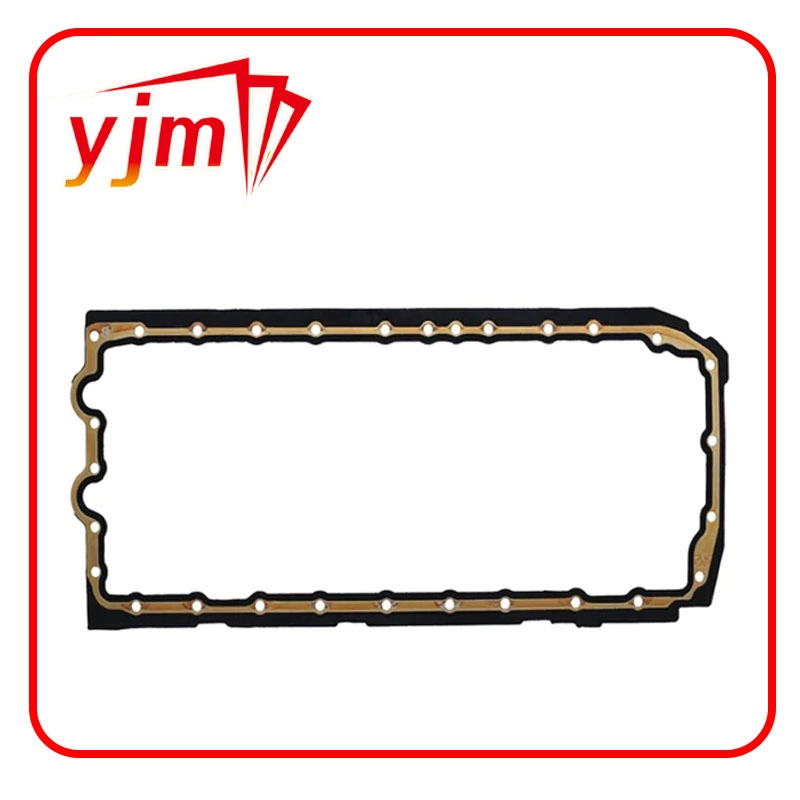removing crankshaft seal


Replacing the Crankshaft Seal Once the old seal is removed, inspect the surrounding area for possible underlying issues, such as shaft scratches or contamination, before installing the new seal. Lightly lubricate the inner edge of the new seal to promote a smoother fit. Align it properly, and using a seal driver tool or a large socket, gently tap it into place, ensuring it is flush with the surface. Expert Insight A common pitfall is not checking the specifications of the replacement seal. Different models and makes vary, hence always verify the part number to ensure compatibility. Furthermore, an incorrectly installed seal not only wears out prematurely but can also cause uneven oil pressure, affecting engine performance. Monitoring Post-Installation Once fitted, reassemble all components in the reverse order of removal. Start the engine and let it idle momentarily. Pay attention to any unusual sounds, vibrations, or leaks. Check the oil level ensuring it hasn’t dropped significantly, indicating a successful replacement. Long-Term Maintenance and Trustworthy Advice For sustained performance, routinely inspect and maintain your vehicle’s oil seals and overall oil management system. It’s a proactive practice that can prevent a host of engine-related issues. If uncertain at any phase of the process, consulting with a professional mechanic is recommended. A small investment in professional guidance could avert costly engine repairs resulting from improper handling. Final Word Removing a crankshaft seal may seem laborious, yet with precision and the right knowledge, it’s a straightforward task that contributes significantly to the longevity and performance of your vehicle. Ensuring all procedures are conducted with expert diligence, supported by credible tools, reinforces the reliability and efficiency of the seal replacement process. Adhering to best practices as laid out not only boosts trustworthiness but also upholds the highest standards of automotive maintenance and care.
-
The Ultimate Guide to Boat Propeller Bearings and Trailer Wheel Bearings
News Jul.31,2025
-
The Essential Guide to Marine Bearings and Boat Trailer Wheel Bearings
News Jul.31,2025
-
The Complete Guide to Heavy Duty Seals: Protecting Doors and Spaces Efficiently
News Jul.31,2025
-
Essential Guide to Marine Shaft Bearings and Boat Trailer Axle Bearings
News Jul.31,2025
-
Comprehensive Guide to Marine and Trailer Bearings for Safe Boating and Transport
News Jul.31,2025
-
Comprehensive Guide to Automotive Oil Seals: Protecting Your Engine and Shafts
News Jul.31,2025
-
Understanding Automotive Oil Seals: Essential Components for Engine and Shaft Protection
News Jul.30,2025
Products categories















